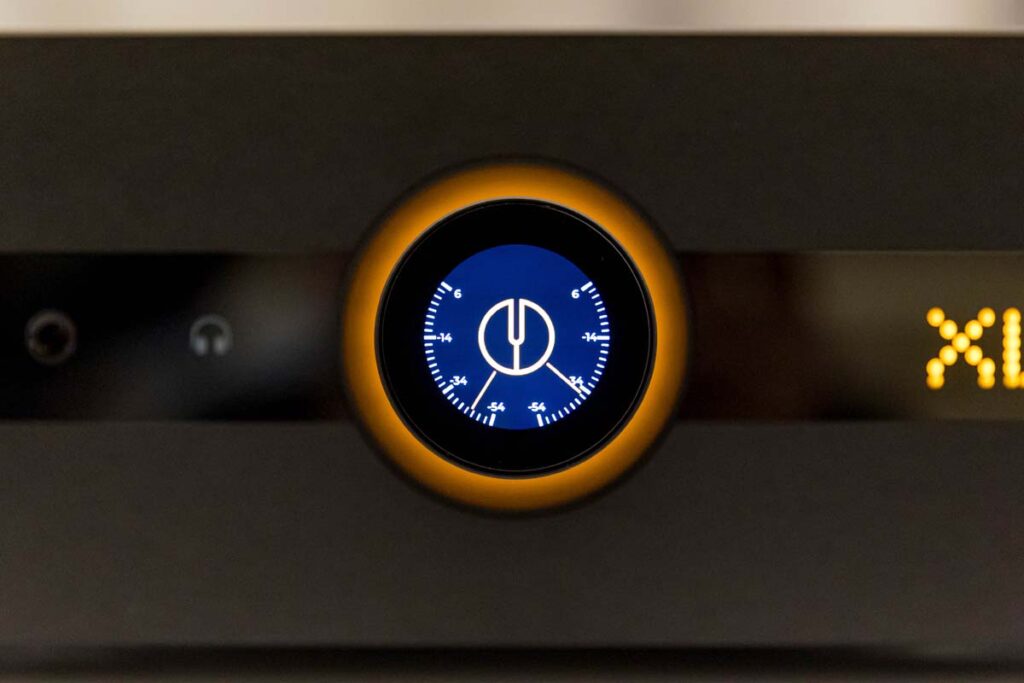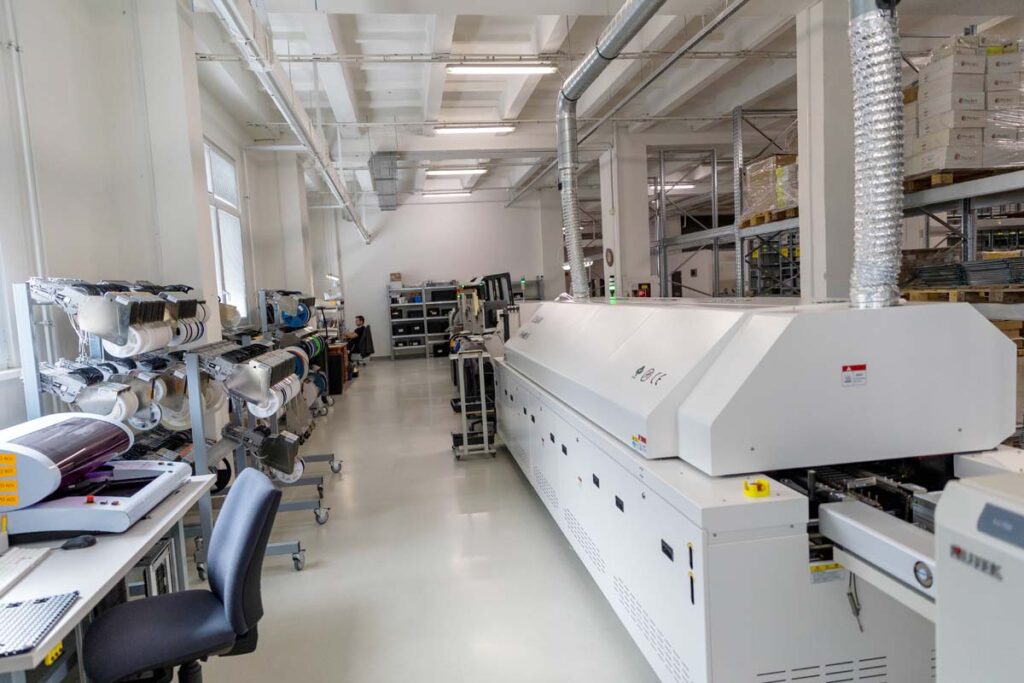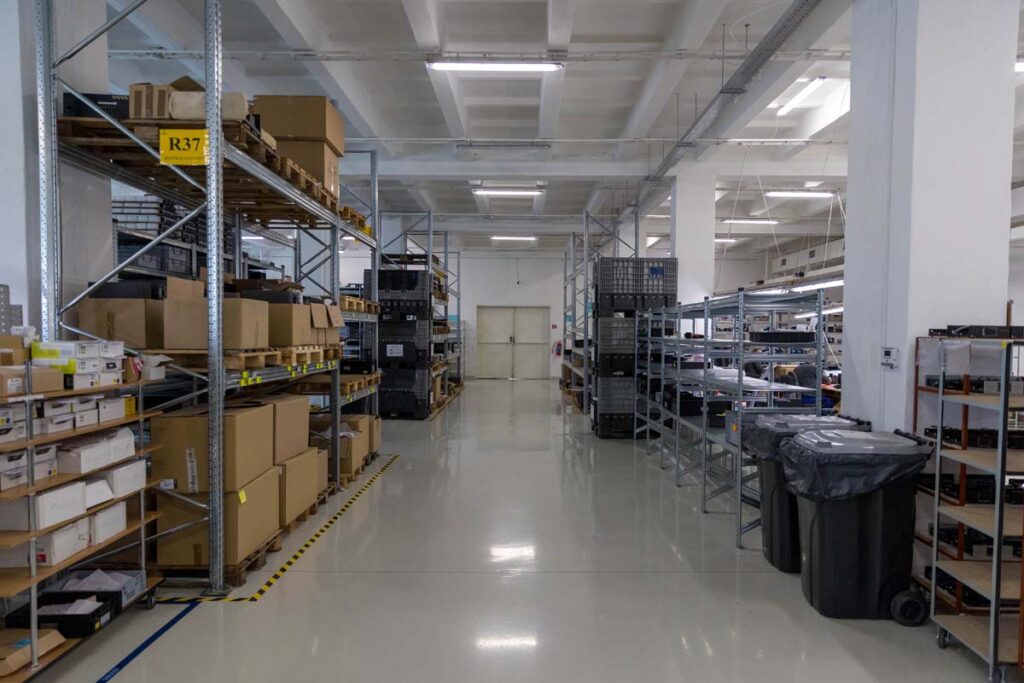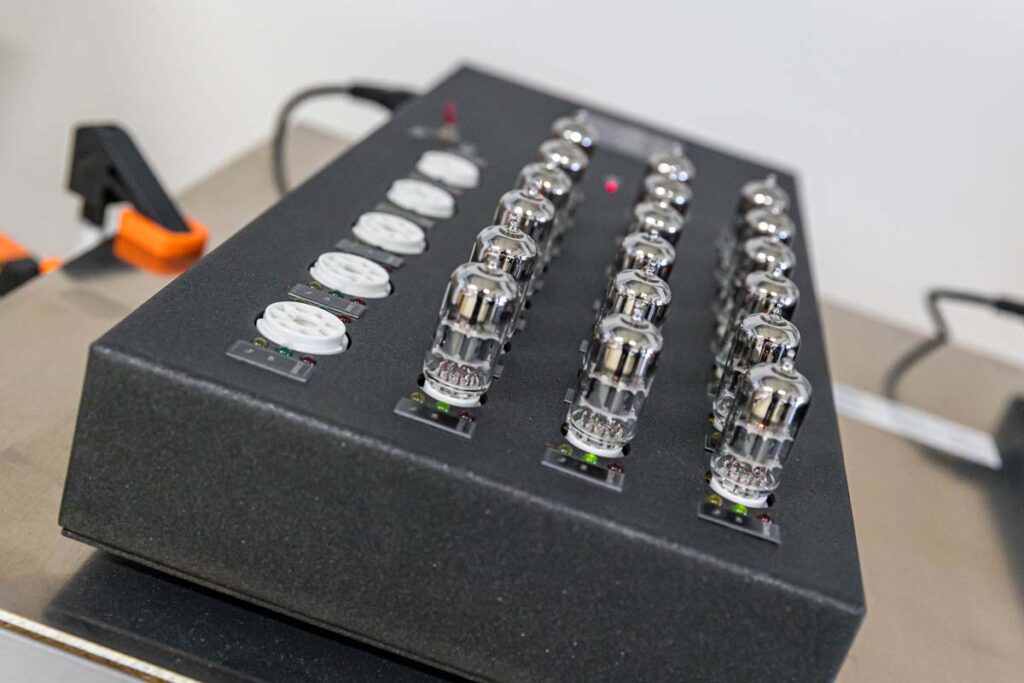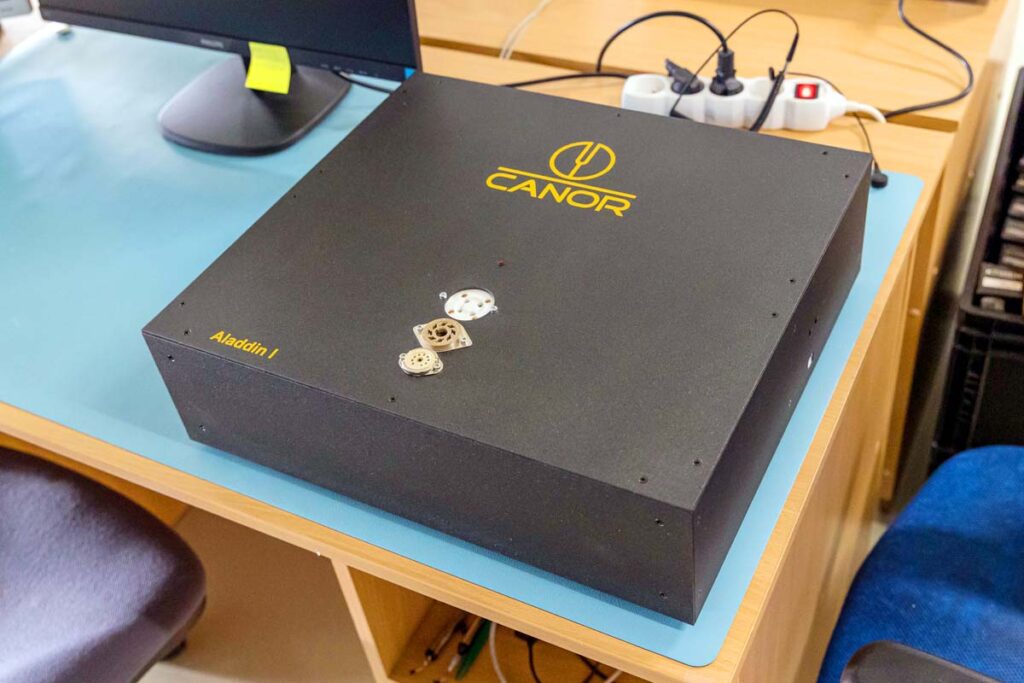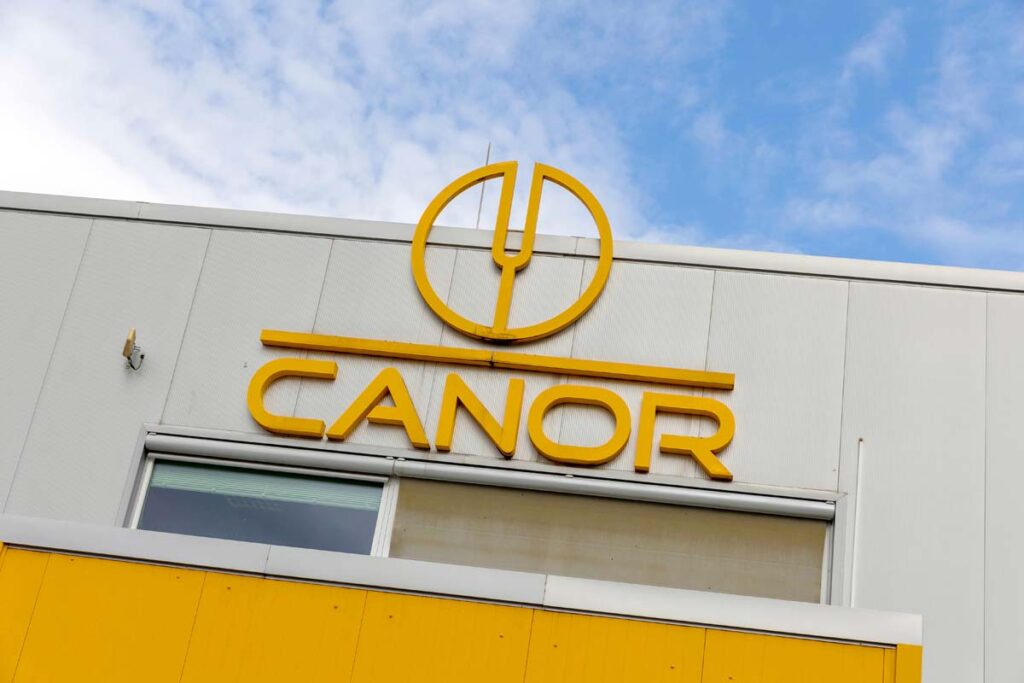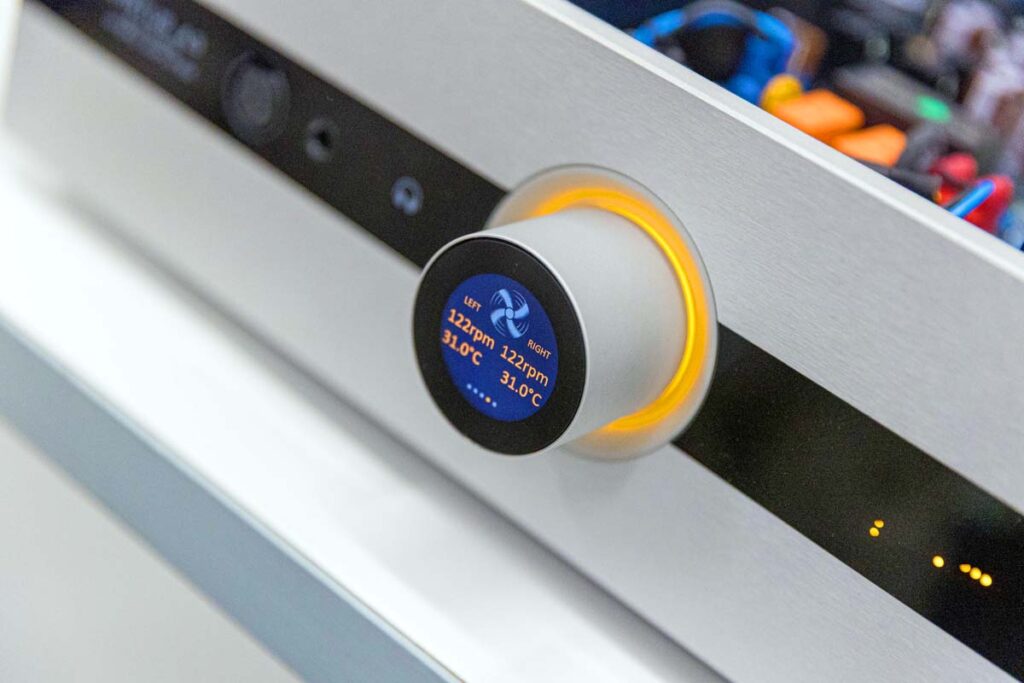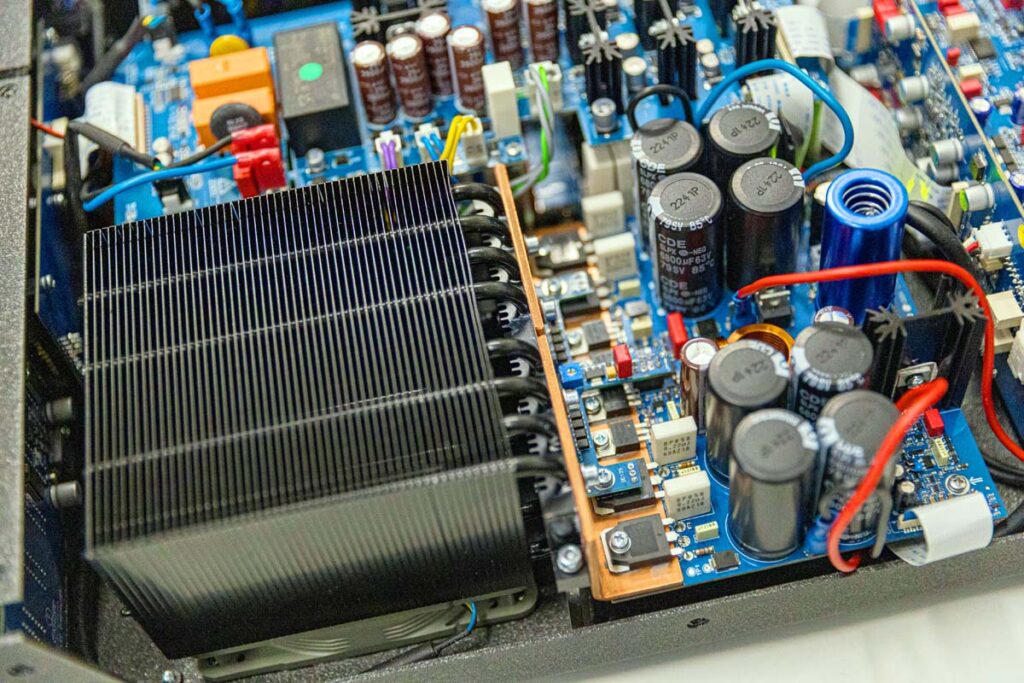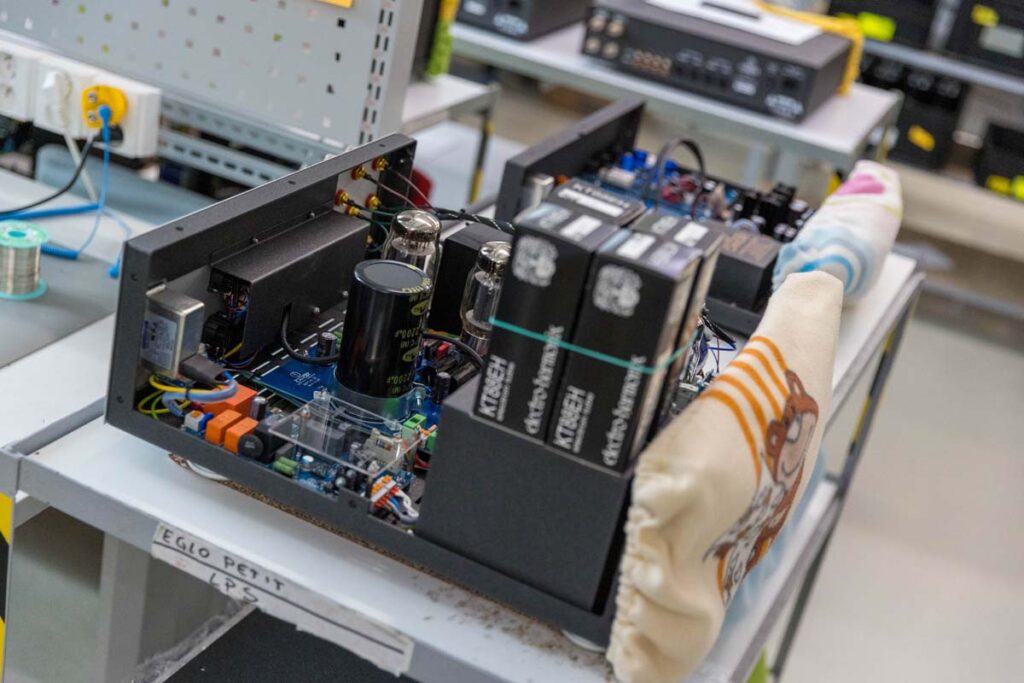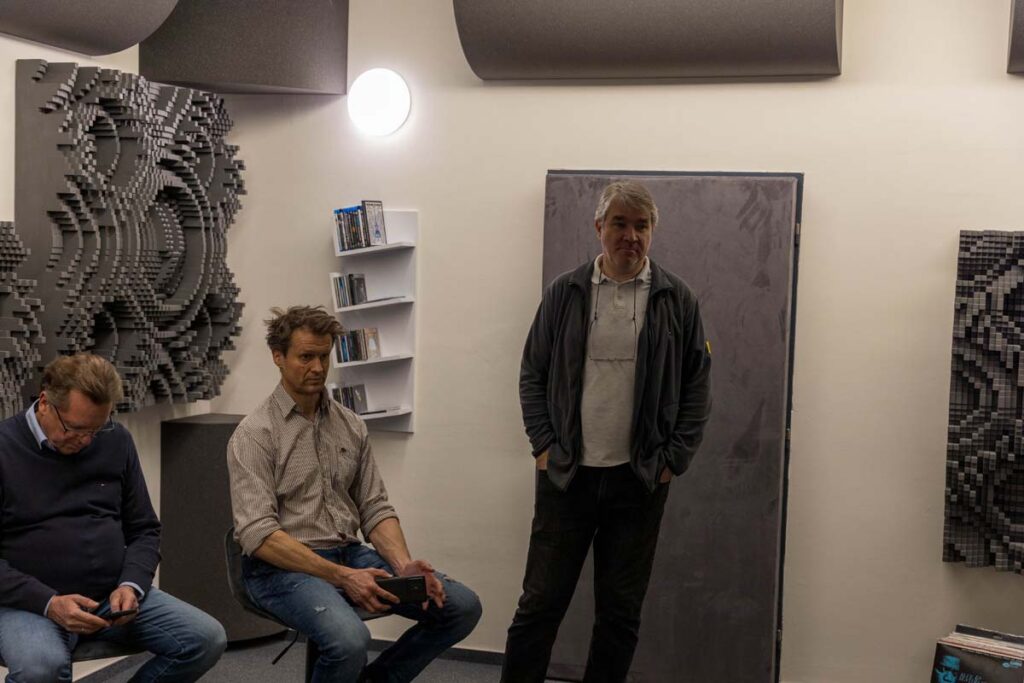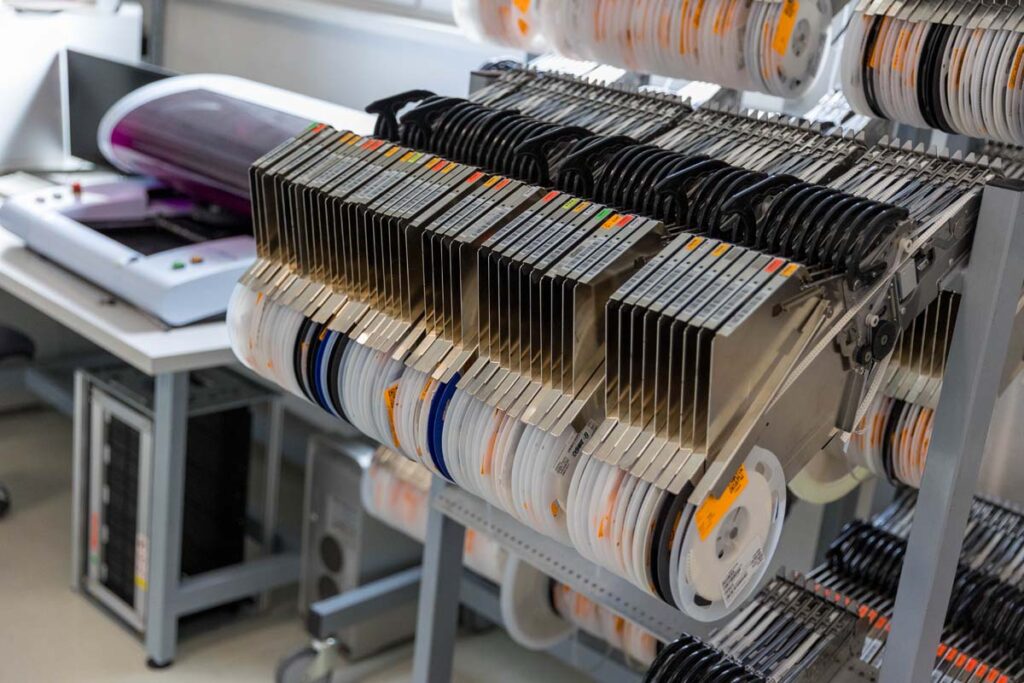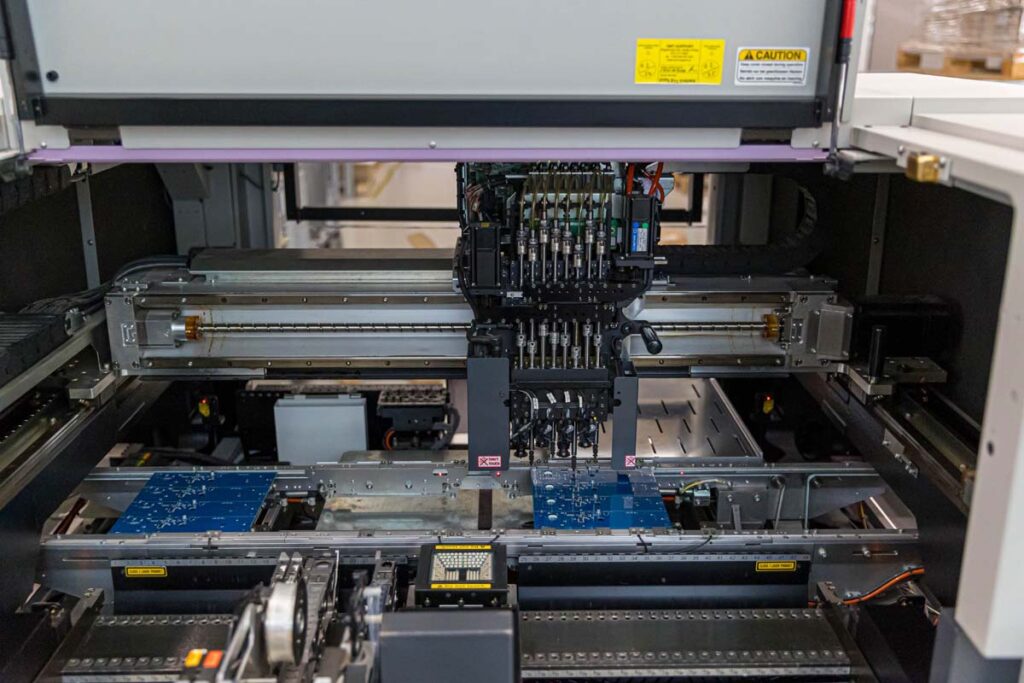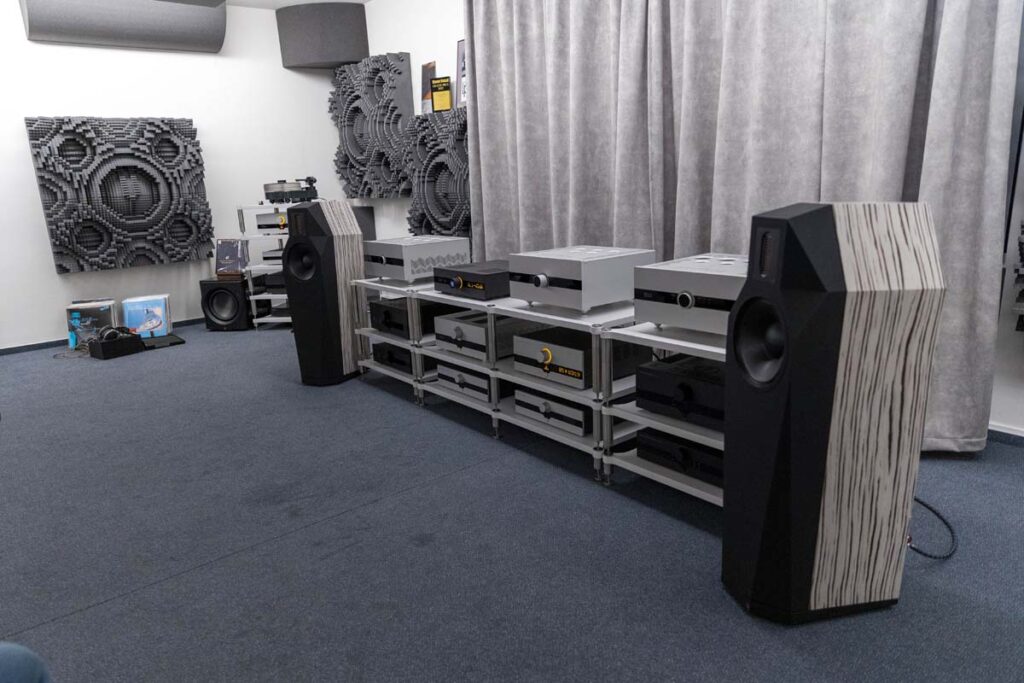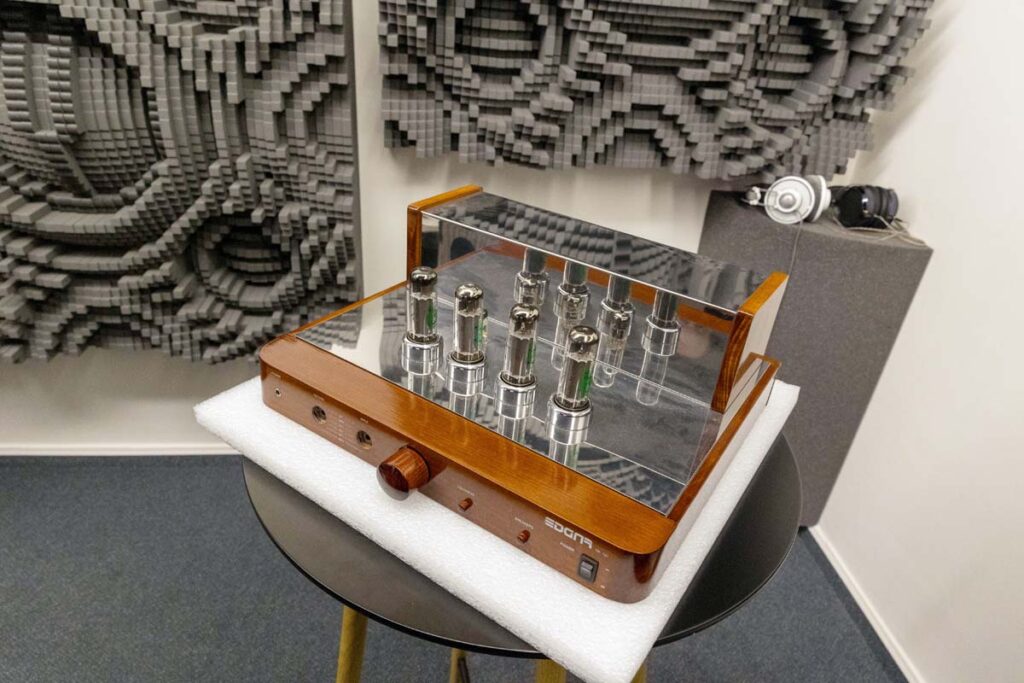Canor has built a solid reputation for offering “top-tier high-end gear at reasonable prices.”
What’s less well-known is that the company, based in Prešov, Slovakia, also designs and manufactures components for many other brands. But since a true gentleman enjoys the finer things in life and never tells, our visit at the foot of the High Tatras focused solely on two new integrated amplifiers that promise a whole lot of fun.
The nearly nine-hour drive from Munich to eastern Slovakia gave us plenty of time to search the internet for interesting facts about the region – and to annoy our fellow passengers with them. That’s how we learned, for example, that Vienna and Bratislava are the two closest capital cities in Europe (about 50 km apart), or that the High Tatras – a subrange of the Carpathians – are the second-highest mountains in Western Europe, peaking at 2,655 meters (visible to our left on the outbound trip). We also discovered that our destination, Prešov, is not at all the sleepy little town we’d assumed it to be, counting no less than 82,000 residents. That’s rather substantial in a country with just 5.5 million people. The fact that the town with its picturesque center is ancient (the Celts were by no means the first to settle here) and offers a surprisingly vibrant culinary scene are things we then learned without any help from DuckDuckGo.
But now for the meat of the story: A man named Zdeňek Březovják – still the company owner – discovered his passion for hi-fi sometime in the 1980s. After going through the classic “take everything apart to see how it works” phase, he studied electrical engineering. After a stint at a company specializing in PA equipment, he joined forces with friends (later business partners) to build their first tube amplifier, the TP 101. They introduced it in 1995 under the brand name Edgar at a trade show. That year – marking its 30th anniversary in 2025 – is considered the company’s founding date.

Since it was clear they couldn’t make a living selling just one niche integrated amp, the partners started a second company alongside their Edgar production line, offering contract manufacturing services to other brands. Given that labor and production costs were still much lower in the late ’90s and early 2000s compared to Western Europe, this business model became a surprise hit.
Now we’re getting to a point where I need to tread lightly. Large, well-established hi-fi companies generally don’t like to talk about how much of their portfolio is made by outside contractors, and Canor is contractually bound not to reveal details – but when you tour their now 80-plus-employee facility you ask yourself if there’s actually anything you can safely take photos of. We’re not talking the odd third-party component here, we’re talking about hundreds – if not thousands – of units, entire carts loaded with gear. Everything from aluminum chassis machining and surface finishing to in-house circuit board assembly is done right here in Prešov. The company’s reputation as a reliable production partner grew so quickly that in 2007, they dropped the quirky Edgar name and rebranded everything as Canor (Latin for “sound”). In 2011, they opened their own purpose-built headquarters, which at 1,300 square meters has already become too small. Most of the production now takes place in a much larger complex – which, unfortunately, has also reached its limit by now.
As we toured the facility, Sales Director Ivan Bošnovič explained that Canor’s success is largely due to their early decision to become fully vertically integrated. Over the years, they added a full metal workshop and their own electroplating facility. This means they can not only produce any aluminum case they need, but also anodize and finish them in-house. Just a few feet from the bubbling chemical baths, we saw a long assembly line where tiny components are placed on PCBs and then baked into place in a conveyor-belt-style oven. Next comes final assembly, thorough quality control, and product packaging. Aside from the occasional headache with parts and raw materials sourcing, Canor is almost entirely self-sufficient. This level of vertical integration gives them unmatched control over both production processes and costs. For some industrial clients, Canor has become such an indispensable partner that they now handle not just manufacturing but also product development. In fact, entire hi-fi lines from other brands are born here in Prešov. At one point, this side of the business grew so large that Canor’s own brand was nearly overshadowed.
So let’s return to the birthday brand. As you may or may not know, Canor has only been properly available in Germany since 2020, when IDC Klaassen took over distribution. Around the same time, the company began a small internal restructuring in Prešov. To bring order to a somewhat sprawling product lineup, they introduced a new naming system and organized products into distinct “levels. ” Amplifiers are now named “Virtus” (Latin for “virtue”), followed by a letter – M for mono, S for stereo. A number indicates the tier: 1 for the top-level gear, 2 for the next step down, and so on. Some models also include an “S” to indicate they’re solid-state, though Canor’s mantra remains: tubes rule!
And they mean it. With their in-house “Aladdin” tube-testing system, Canor can do far more than simply match tubes – they can squeeze serious musical performance from even modestly priced models, such as affordable Electro-Harmonix tubes, by matching them with incredible precision. This keeps costs down while maintaining quality. They also maintain detailed logs of every tube test, allowing them to trace exactly which component a given tube set was installed in – even years later. If one goes bad, support can send a properly matched replacement – no need to replace the entire set (unless you want to).
The main reason for our visit, however, is something I’m still not allowed to talk about. Along with FIDELITY, our travel party included select dealers as well as Martin Klaassen and Uwe Kuphal, the managing director and sales manager of IDC Germany. All were invited to weigh in on a new product line set to debut at the earliest at the HIGH END show. The emphasis on “at the earliest” is deliberate: one of the two new units was still little more than a shell, lacking even the essential connectors. The other – a nearly finished amplifier – looked much more complete. A lot of water will flow down the Torysa before these products are officially released. But here’s a hint: If you’ve found Canor’s beautiful machines a bit too pricey, just wait – something very stylish and affordable is on the way.
So that I wouldn’t go home completely empty-handed, the Canor team surprised us with a little world premiere. We spent the afternoon in their superb listening room, auditioning the new A3 integrated amp through FinkTeam’s Borg loudspeakers. First unveiled at the last HIGH END, the A3 is finally ready for delivery after some minor delays. Even in an unfamiliar room with unfamiliar gear, I can confidently say this amp earns top marks. The Virtus A3 delivers breathtaking smoothness and balance. Its amplifier section is based on a complex mix of Class A and Class AB logic – a hybrid design we’ll definitely want to explore further. The preamp section features two tubes as “tone shapers,” and they perform beautifully. From the tight bass pulses in Billie Eilish’s Hostage to the airy transparency of Chris Jones’ Darlin’ Cory, the A3 handles everything with ease. And it’s so smooth that even Rage Against the Machine’s Take The Power Back can rattle your skull – without any harsh mids or treble. It’s an outstanding amp, complete with DAC, headphone amp, and phono stage – truly a complete package.
As a final surprise, we were treated to a time-traveling moment: for its 30th anniversary, Canor is releasing a limited, detail-refined 1:1 replica of the original Edgar TP 101. It’s also set to debut at the HIGH END. This amp, too, impressed us during a one-hour listening session. Compared to the A3, it sounded a touch more open and crisp – probably because the A3 delivers more than three times the power and has a stronger grip in the lower registers. The two amps are certainly differently voiced – and that’s a good thing!


